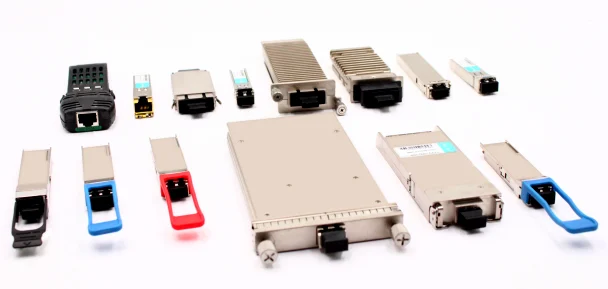Communication is an essential element in our social, cultural and technical evolution. Especially over recent decades, human habits and technology have influenced each other, but always relying on a growing exchange of information. Optical communications have enabled this development and have become the only mature technology that can satisfy the demand of capacity in wired communication links.
This text provides an introduction to optical communications following a high-to-low level perspective. Firstly, the relevance of optical communications is addressed comparing with other technologies and in terms of overall capacity. Secondly, the most widespread topologies in optical networks are presented. Finally, the most common physical devices that make optical networks feasible are described, explaining more deeply the elements and concepts over which the electro-optical transceivers are built up.
Key Concepts
The table of contents, including the links to the various subsections, is provided below:
- Relevance of Optical Communications
- Optical Networks
- Optical Components:
3.1 Laser
3.2 Optical Modulators
3.3 Optical Fibre (ongoing)
3.4 Optical Amplifiers (ongoing)
3.5 Optical Receivers (ongoing)
3.6 Other Components (ongoing) - Electro-Optical Transceivers:
4.1 Fundamentals (ongoing)
4.2 Single Carrier and Multi Carrier Modulations (ongoing)
4.3 Optical Modulation and Detection (ongoing)
Trends on Optical Communications
From the previous links, the following conclusions can be obtained. Optical communications surpassed the limited data rates of electrical systems and made possible the development of the Internet. Currently, all high-capacity networks employ optical systems regardless of their reach and purpose.
The devices that carry out the interface between the electrical and optical domains are called electro-optical transceivers. These key components can adopt a number of forms and characteristics depending on the network where they are deployed. The signals, modulations, and processing techniques that they employ, must be carefully selected to meet the requirements of a given subsystem.

Communications industry decisions are fundamentally cost driven. Consequently, Intensity Modulation / Direct Detection (IM/DD) solutions based on low cost lasers and photodetectors are preferred and widely employed in short range systems, while the use of more expensive Mach-Zehnder Modulators (MZMs) with direct or coherent detection is reserved at the moment for long distances.
New advances suggest that the current trends can be potentially modified. Namely, the advances in silicon photonics guarantee the development and future proliferation of low-cost high-performance optical modulators. Some promising optical techniques like all-optical OFDM rely on complicated implementations with immature optical components and, consequently, remain as important research topics but impractical for real deployment. Unlike them, the presence of low-cost optical MZMs and its combination with mature electronic circuits and processing, advance a revolution in real and practical solutions.
Subscription
If you liked this contribution, feel free to subscribe to our newsletter:
